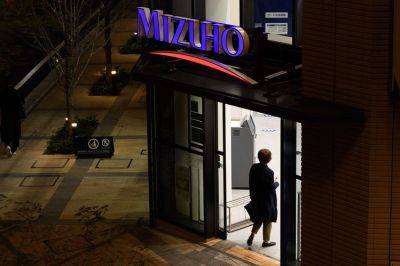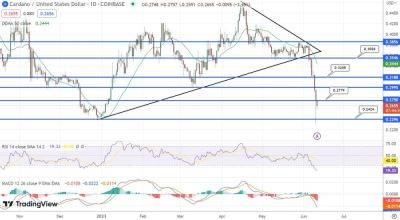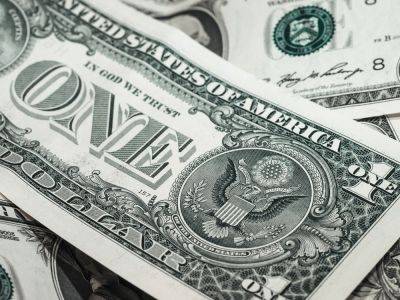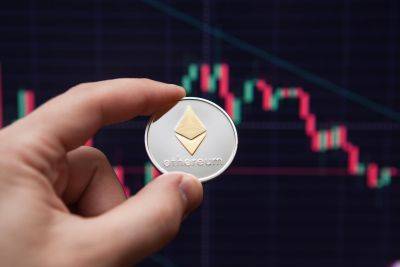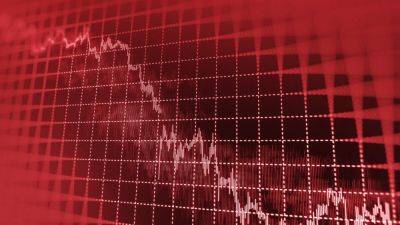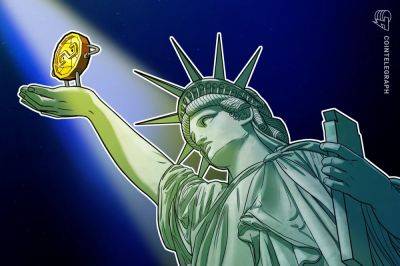From CPI to stagflation: how the UK tracks price rises and what key inflation terms mean
On its website the Bank of England has a tool allowing users to find out how prices have changed ever since King John was on the English throne back in 1209. By its calculations, goods and services costing £10 six years before Magna Carta was sealed would today cost £16,427.96.
With the latest cost of living figures due out on Wednesday morning, Threadneedle Street’s ready reckoner puts the UK’s inflation record into historical perspective. It also highlights the many different ways – official and unofficial – in which changes to the cost of living are calculated.
The Bank pieced together its guide from a number of sources; a cost of living index provided by Prof Greg Clark for 1209 to 1750; a composite prices index for the years 1750-1947; and the consumer prices index (CPI) and retail prices index (RPI) for the years since then.
But what exactly do these indices measure, and what are the benefits and limits of these methods? Here are some of the key terms deployed by statisticians, central bankers, politicians and economists to understand changing prices and what they mean.
The Office for National Statistics (ONS) provides three main measures of inflation each month Its preferred measure of the cost of living is CPIH – the consumer prices index adjusted for housing costs. The ONS considers this the most comprehensive measure available because it takes a stab at calculating the costs of owner-occupation. As with the other official inflation yardsticks, price movements are monitored for a basket of more than 700 goods and services.
Even so, CPIH is not the annual inflation number that is normally reported in the media. The one that will grab the headlines on Wednesday will be CPI, which does not contain housing costs,
Read more on theguardian.com

